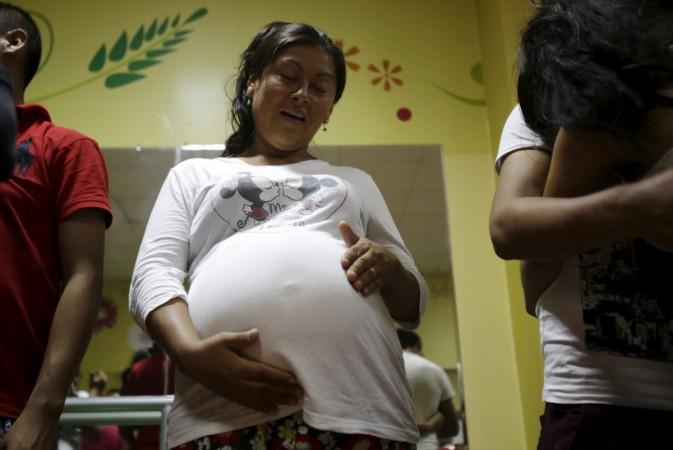
A new study has revealed that C-sections have an impact on the human evolution. According to scientists, more women are opting for Caesareans due to smaller pelvis size and bigger size of the baby as an outcome of evolution.
The number of babies who can't fit in the birth canal has raised from 30 in 1,000 in the 1960s to 36 in 1,000 births today. It's believed that these genes haven't been passed to the baby by the mother as it could be fatal for both the mother and the baby during the delivery.
As per Austrian researchers, this procedure is likely to continue, but it won't make natural delivery outdated.
Dr Philipp Mitteroecker of University of Vienna has raised some questions regarding human evolution. "Why is the rate of birth problems, in particular what we call fetopelvic disproportion - basically that the baby doesn't fit through the maternal birth canal - why is this rate so high?" Dr Mitteroecker was quoted as saying by BBC.
"Without modern medical intervention such problems often were lethal and this is, from an evolutionary perspective, selection. Women with a very narrow pelvis would not have survived birth 100 years ago. They do now and pass on their genes encoding for a narrow pelvis to their daughters," he adedd.
A question regarding the cause behind no growth in the human pelvis over the years remains unexplained.
The size of the head of human babies is comparatively bigger than the heads of other primates, which points towards the fact that delivering the baby is easier for chimps in contrast to humans.
A mathematical model has been created by the researchers with the help of data from the WHO and various other studies about large births.
This analysis led to the finding that there is a trend of having bigger babies, who are healthier. But being too large could make the baby stuck during the labor which would be devastating for the infant and the mother.
"One side of this selective force - namely the trend towards smaller babies - has vanished due to Caesarean sections," said Dr Mitteroecker.
"Our intent is not to criticise medical intervention. But it's had an evolutionary effect," he added.
It's estimated by the researchers that worldwide, the rate of babies unable to fit through the birth canal is 30 in 1,000 births, which is three percent. A hike of 3.3-3.6 percent has been observed in this rate over the last five to six decades totalling it to 36 in 1,000 births, which is equal to 10 to 20 percent rise of the original birth rate caused due to evolution.
"The pressing question is what's going to happen in the future?" Dr Mitteroecker said.
"I expect that this evolutionary trend will continue but perhaps only slightly and slowly. There are limits to that. So, I don't expect that one day the majority of children will have to be born by [Caesarean] sections," he concluded.

















